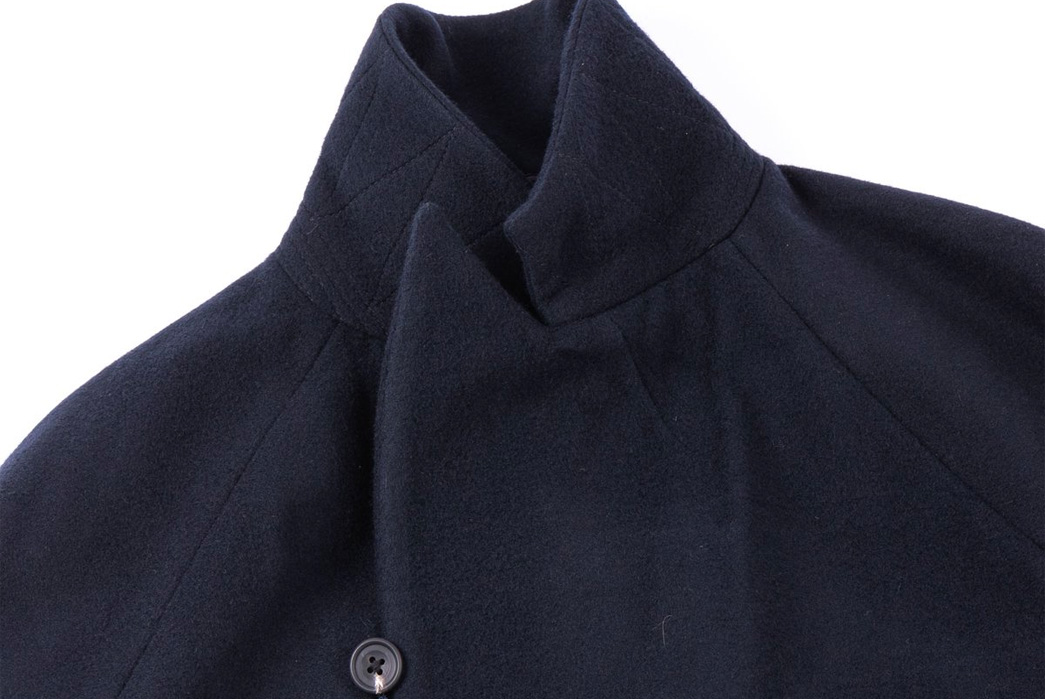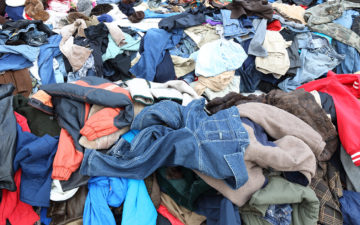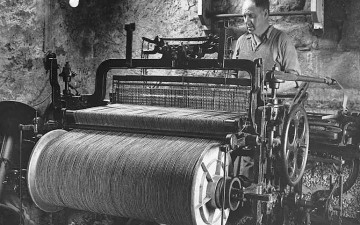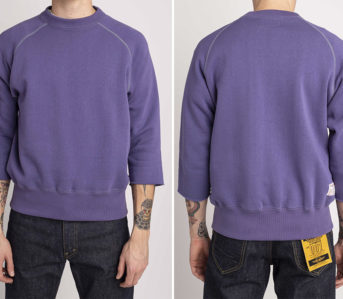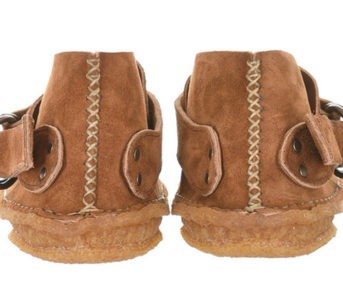Few garments have preserved their integrity since the 17th and 18th century – if they even still exist at all. And yet the overcoat, from its more regal beginnings and military tours to its endurance as a fashion staple in so many circles has stood the test of time. And it’s not even that the overcoat has changed in order to stay relevant but rather society has recognized it for being classic and has adapted to it.
What other garment can provide that extra truffle shaving of class to a meticulously tailored suit meant for the board room, courtroom, or legislative body but also serves as your life line when thrown over the pajamas and hoodie you wore to bed last night for your 8:00 am class you’re 20 minutes late to?
So it’s versatile but I actually have another theory as to why this style as survived uncontested. The overcoat is a top layer that cannot be overcome by another layer unless that layer be another overcoat and the last person that tried that – well you know – combusted. If dressing is a sentence, the over coat is the only true punctuation. So without further ado, let’s break down the different types to watch for.
The Trench Coat
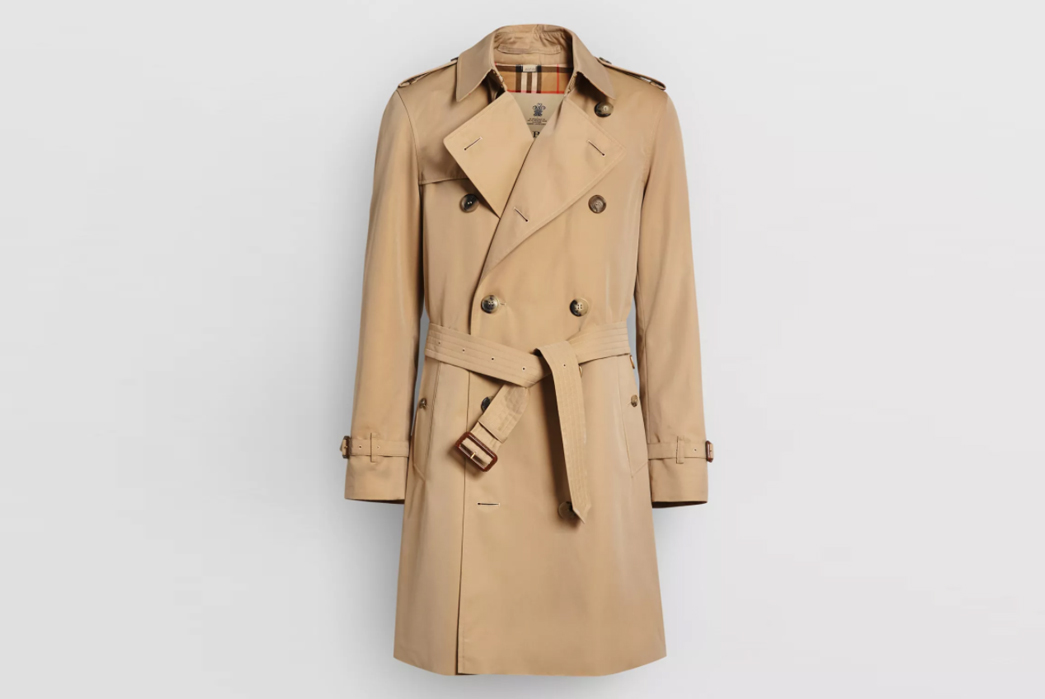
Image via Burberry
From Bogart and Columbo to good ol’ Inspector Gadget, the trench coat has firmly rooted itself in the sleuth trade but by no means is it a one trick pony. With the creation credited to Burberry and Aquascutum back in the mid to late 1800s, the trench got its start in the military for Army officers in pre WWI Britain before it was later adapted for trench warfare , hence its name.
The classic is made from a waterproof heavy cotton gabardine drill and features a double breasted 10 button set up with wide lapel, roomy pockets, and waist belt. And of course there is the color. There is no other coat on this list where the color is as linked to the coat itself as khaki is to the trench coat.
Makers of Trench Coats Include:
The Mackintosh
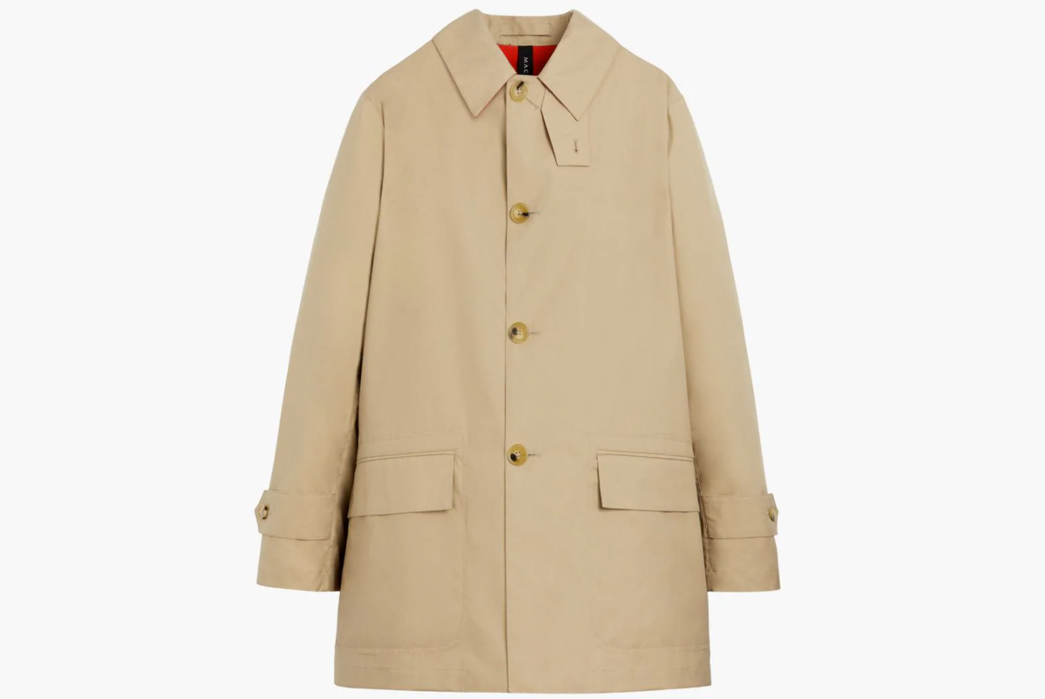
Image via Mackintosh
Predating the trencher is the Mackintosh coat, which was first sold in 1824. Named after the coat’s inventor Charles Macintosh, many writers added the “k” to the name back in the day which has stuck ’til now. What originally set the mack apart when it first hit the scene was its waterproofed fabric. This was achieved by using a rubberized or rubber laminated material. With early versions having issues with smell, stiffness, breathability, and the classic – melting in hot weather, Macintosh passed the baton to Thomas Hancock who became the first to patent vulcanization which dramatically improved the fabric.
Makers of the Mackintosh Include:
The Duffle
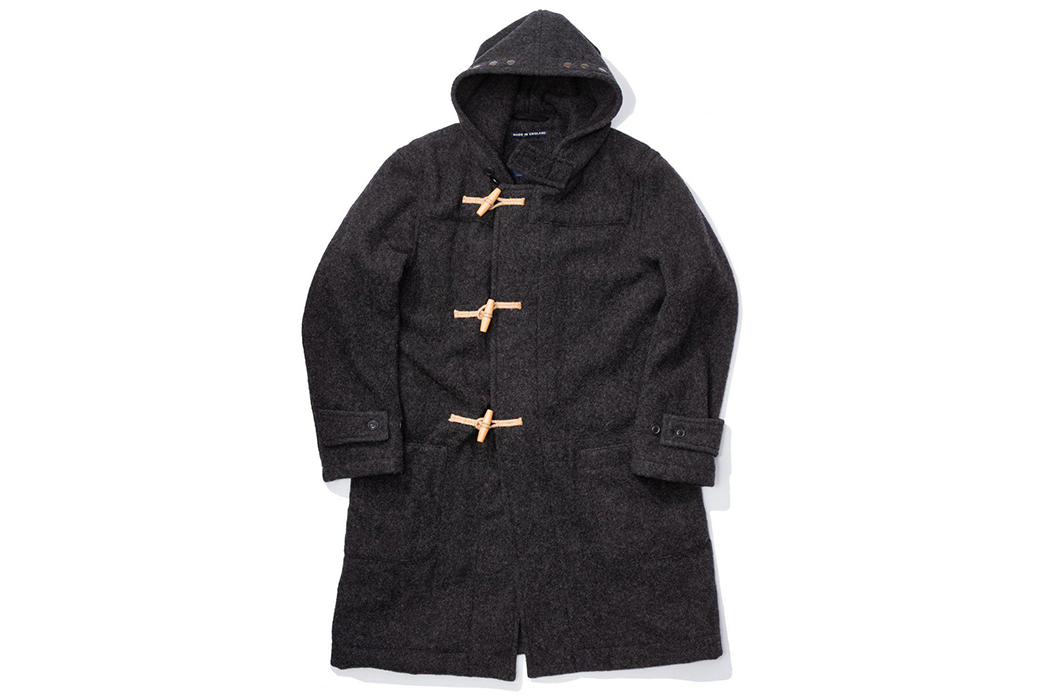
Image via Clutch Cafe
Defined by its duffel cloth, a beefy woolen material originating in the Belgian town of Duffel, the duffle coat is much like its cousin, the duffel bag. Throw anything in it, close it up, and you’re safe and sound. Key features of the duffey include its spacious hood and toggle’n rope fasteners. Inspired by the Polish military frock, John Patridge put the coat on the map in the 1850s. By the ’90s the Royal Navy copped a huge quantity from multiple manufacturers and that secured a long relationship in the military. But it’s not all battles and battleship, surplus duffle coats post WWII were beloved amongst civilians, especially students…and Paddington Bear.
Makers of the Duffle Coat include:
The Covert
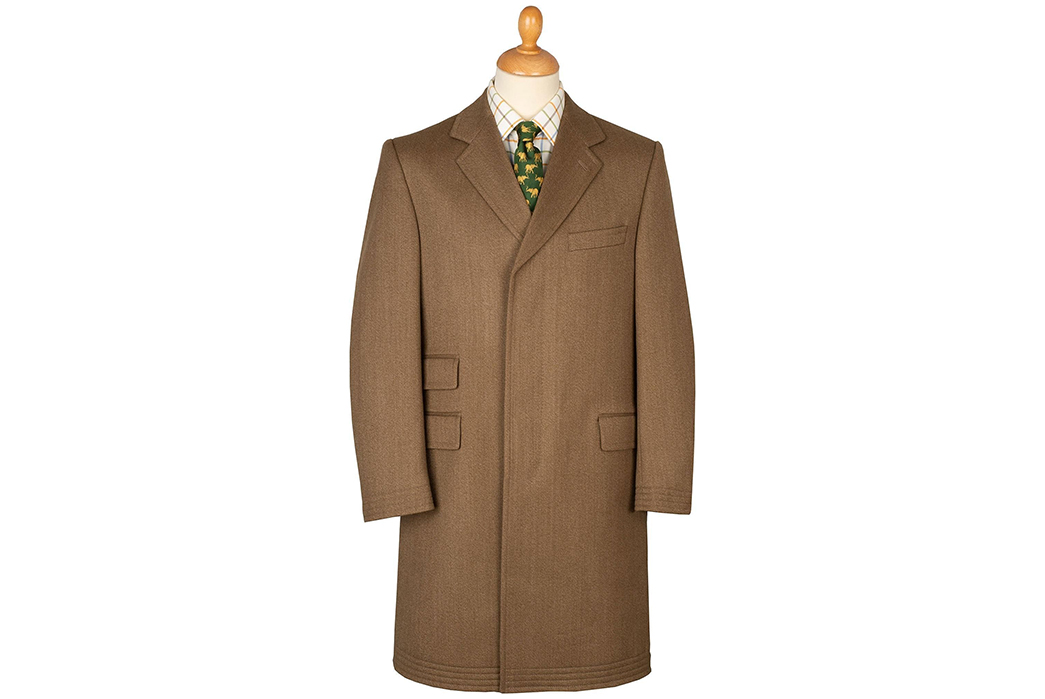
Image via Cordings
Covert coats like its name might suggest kinda fly under the radar when it comes to design and have historically been worn as an informal topcoat. Literally translating to “covered”, from the French “couvert”, the coat is made from heavy tweed named after the covered area that would serve as a starting point on a hunt. Keen eyes will discern a covert coat from others by its single breasted design, notch lapels, asymmetrical flap pockets, dark, drab and earthy color and the signature 4-5 lines of stitching at the cuffs and hem
Makers of the Covert Coat include:
The Balmacaan (Bal-Muh-Kaan)
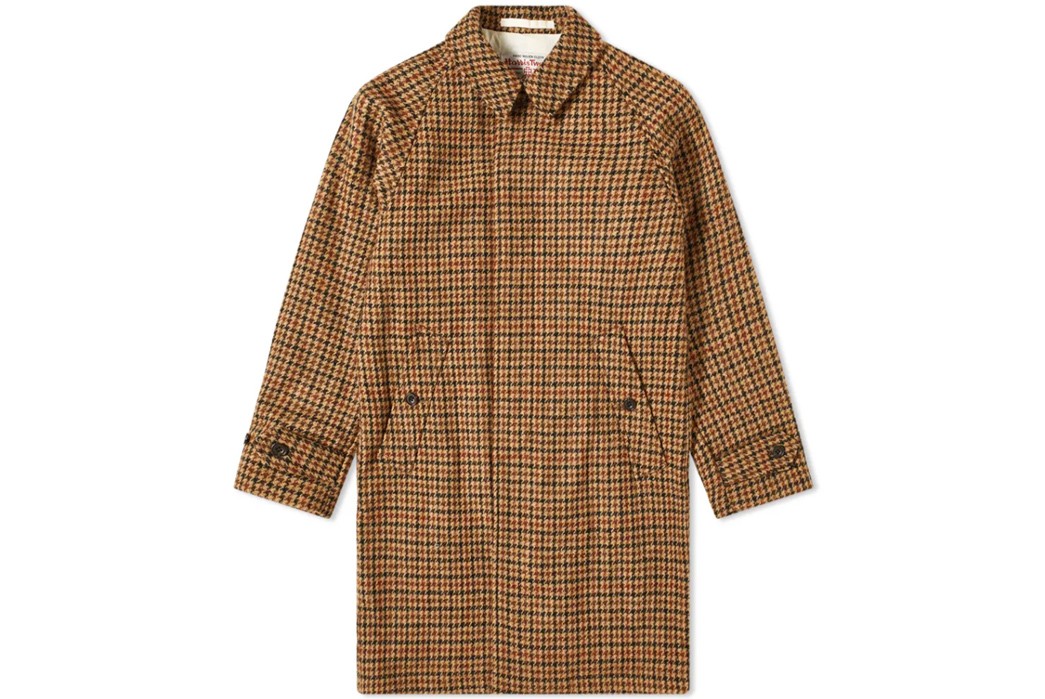
Image via End
Named after an estate near Inverness, Scotland, the balmacaan is definitely a mish mash of some of the other styles we have seen so far. Its overall design is a little more formal like the covert but its material is a rough wool tweed like the duffel, tipping the scale more casual. They are single breasted, feature a Prussian collar begging to be popped up, and make the most out of raglan sleeves which give off an ‘opposite of stuffy’, contemporary look. Bonus points for form following function too – the less seems the less chance of water seeping through hence the extra care for your precious shoulders.
Makers of the Balmacaan include:
The Chesterfield
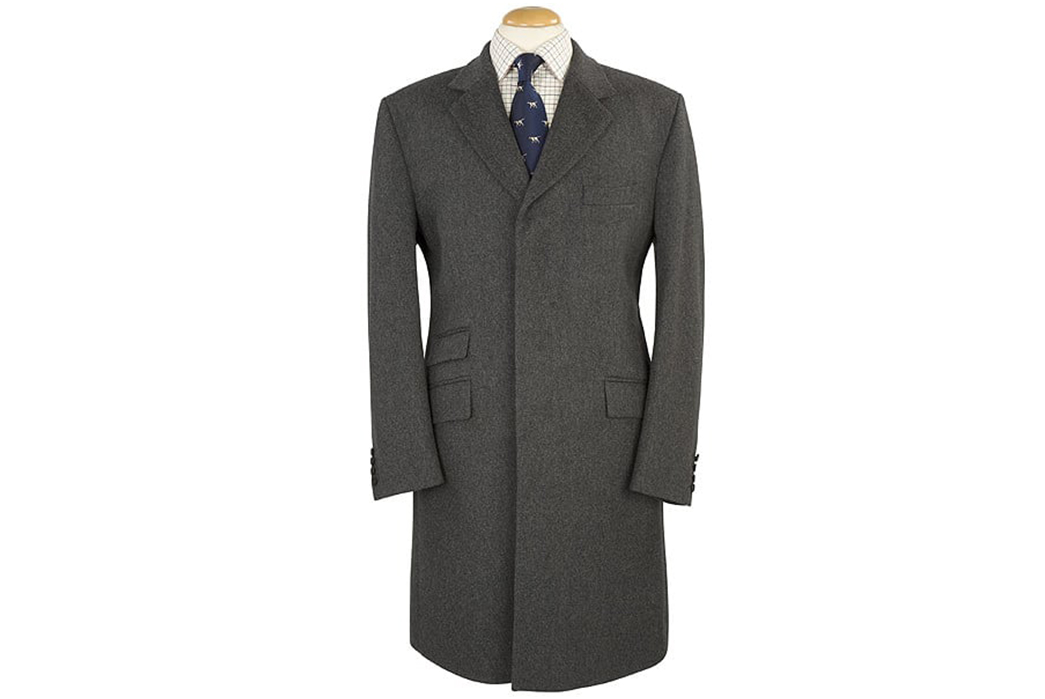
Image via Gentleman’s Gazette
Formal, dark, and handsome, the Chesterfield is a knee-length velvet collared coat that was unveiled in the 1840s in the UK. It was named after George Stanhope, 6th Earl of Chesterfield who was a fashion influencer at the time. Fun fact time. The Chesterfiled has no waist seams, can be single or double breasted, and gravitates towards heavier weight tweeds. How’s that for fashion trivia?
Makers of the Chesterfield include:
- Uniqlo
- Monadic
- Nine Lives (kind of)
- Gloverall
The Peacoat
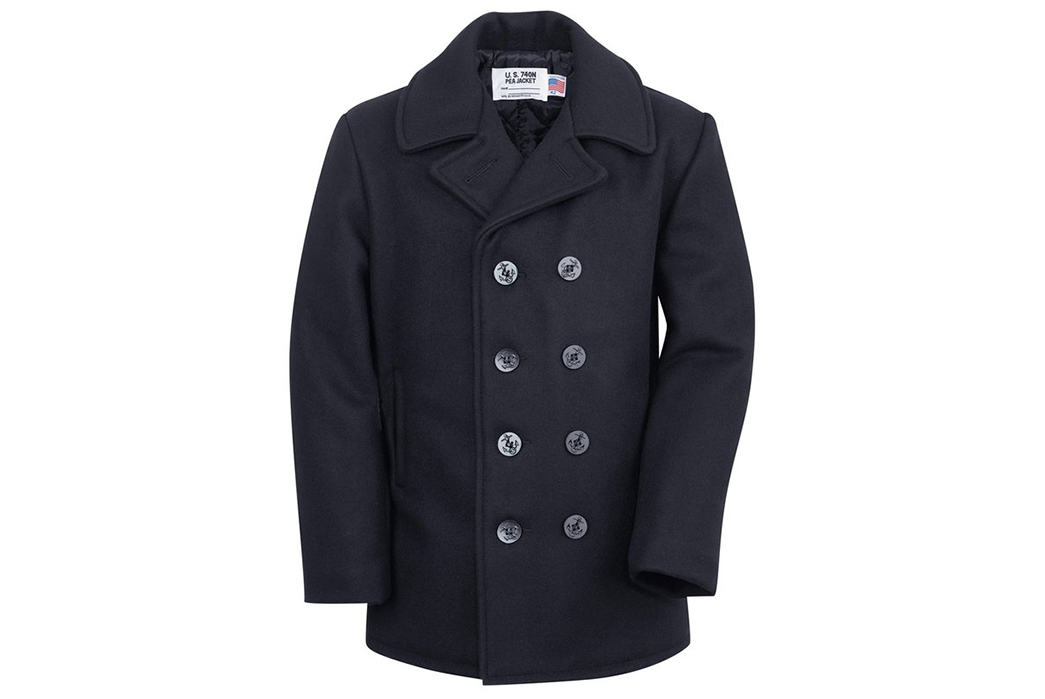
Image via Schott
Perhaps the most recognizable and arguably the most timeless coat on this list, besides the trenchy is the peacoat. Chances are, when I say peacoat, you have an image that pops into your head, thats how much of an impact its had. Made from heavy wool and featuring broad lapels, a double breasted front, and varying slash and flap pockets depending on the model, peacoats were first developed for the Dutch navy back in the 1800s. “Pije” was the word to describe a coat made of rough fabric and since that “j” is used more like an “h” the”pea” was born. Origin story aside, the British really put this coat on the map which is probably how the US Navy caught wind of it; A perfect option for reefers tasked with climbing up the rigging of sailing ships.
Maker of the Peacoat includes:
The Ulster
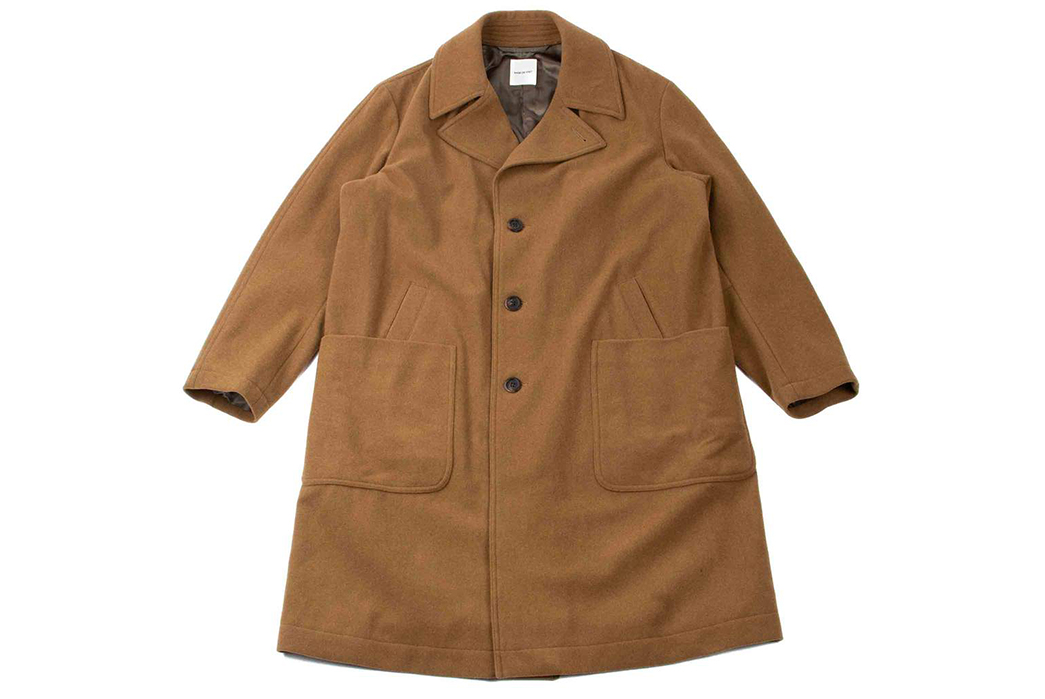
Image Via Lost & Found
This Victorian day coat was devised by John McGee of McGee & Co to give men an overcoat option that could withstand the elements and not just look cool. It became so popular that a women’s version was introduced in the early 1870s. It was often constructed of durable fabrics like herringbone or tweed, single or double breasted in design, and featured an elbow length cape. It was a classic choice for coachmen though it’s most discerning fan didn’t even exist. Sir Arthur Conan Doyle’s Sherlock Holmes used to solve crimes on the cold cobble stone streets of London with his Ulster wrapped tight.
Maker of the Ulster includes:

